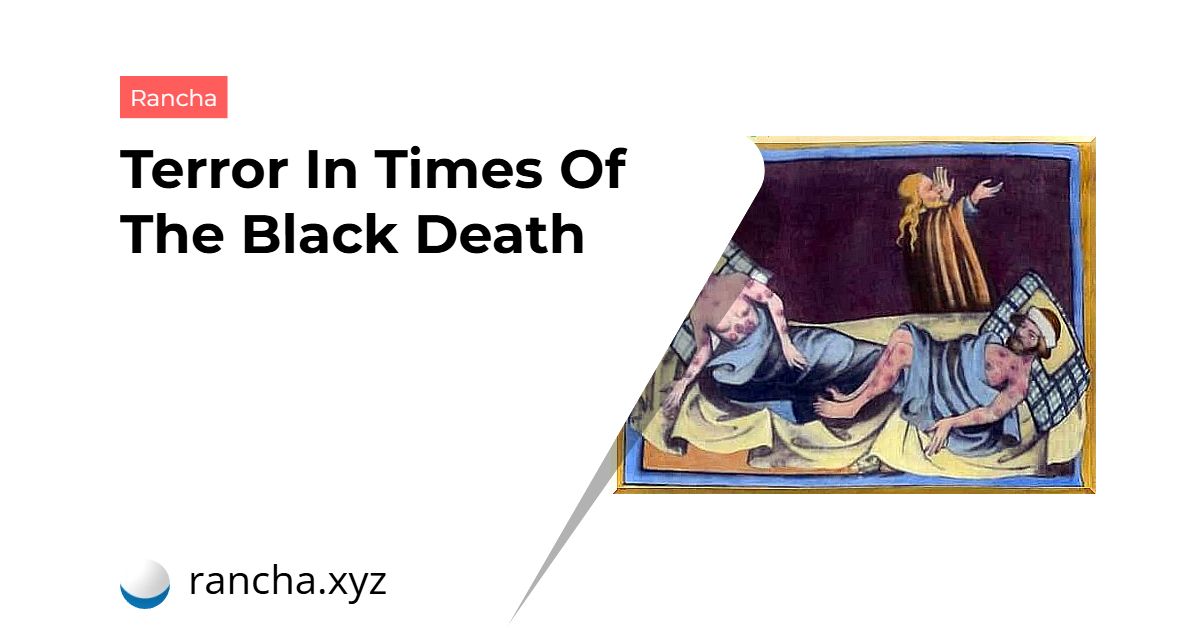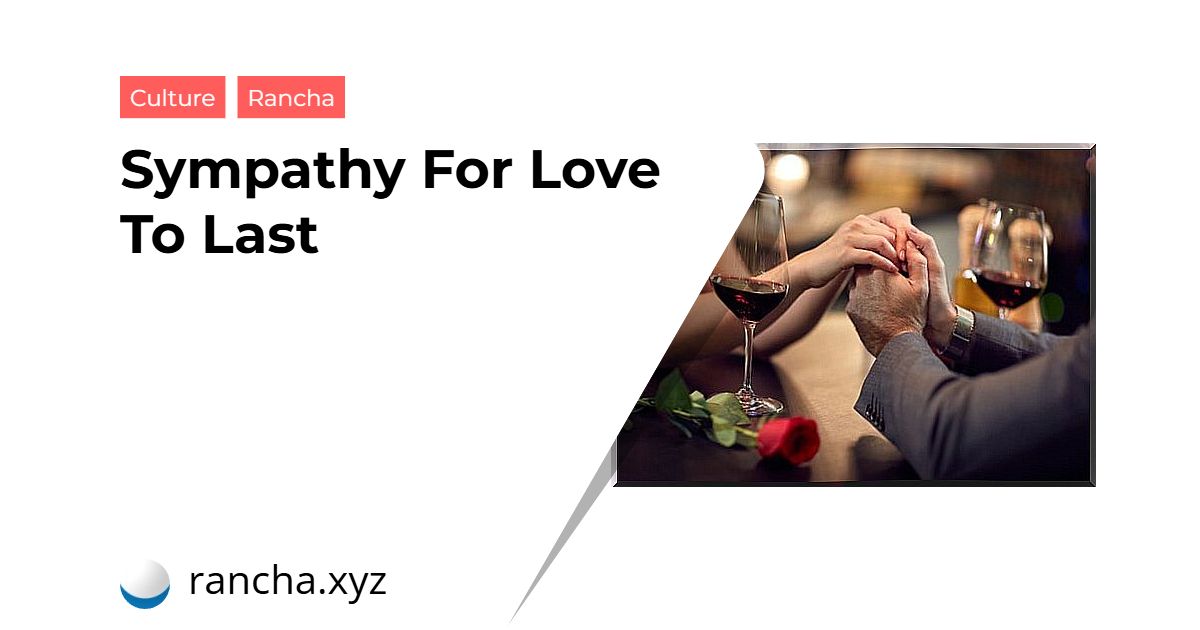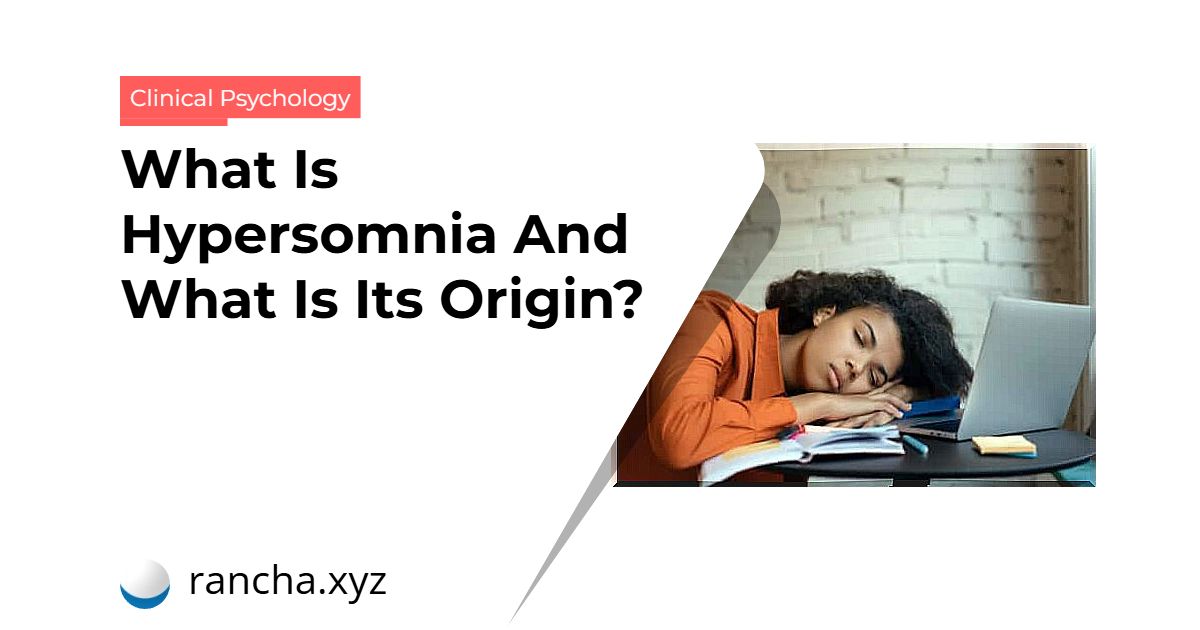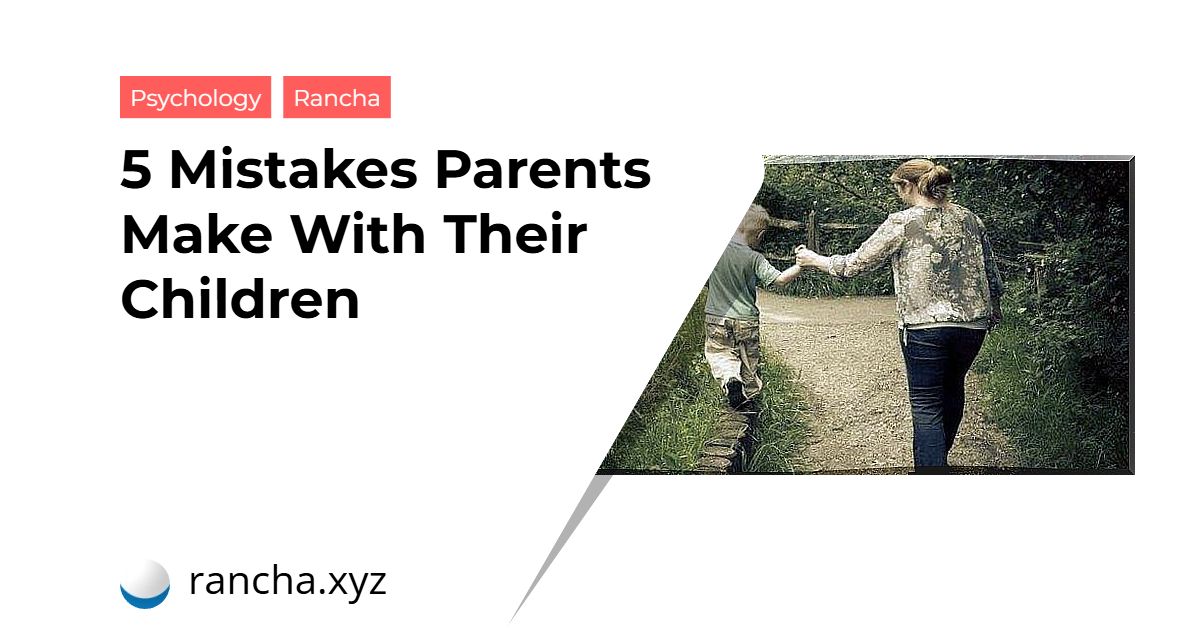In a port city with approximately 100 thousand inhabitants and great importance, an intoxicated cargo arrived on a bad day. In less than a month, 300 people lost their lives daily in a fatal epidemic. By the end of the Black Death, about 10% of the city’s population had died.
The origin of the pandemic is unknown, as are the methods for ending it. Men and women, children and old people, peasants and artisans, clerics and soldiers died alike; the most democratic event of their lives was the end. There was no possible way out.
It wasn’t a zombie story, for example. The city was Valencia, under the reign of the Crown of Aragon, in the year 1348, and the epidemic was called the Black Death.
Only in an exercise in empathy, putting ourselves in the shoes of these medieval men, can we understand their attitude, their mentality or the decisions they made. Knowing the magnitude and characteristics of the catastrophe can help us put ourselves in its place.
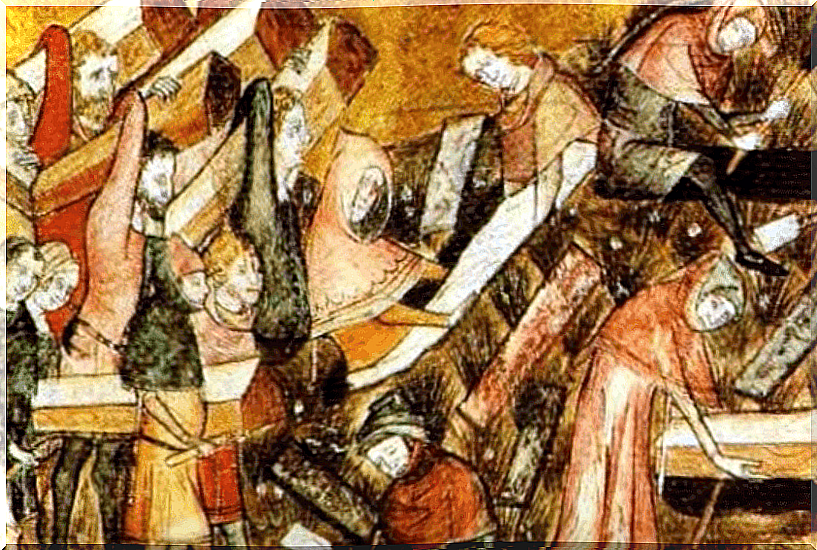
sick Europe
Valencia or Aragon were no exceptions; in the mid-fourteenth century, the plague struck Europe in one of the greatest demographic catastrophes in history.
It was well known to Old World inhabitants, who had lived with the plague for centuries and would continue to suffer from it for a few more.
However, it had not manifested itself with such force since the times of Emperor Justinian in the sixth century. The plague managed to generate a fear greater than the queen of ancient evils: leprosy.
There is a consensus among historians regarding the entry point into Europe: Caffa in Crimea. The Mongol army surrounded the city and brought with them something more deadly than their swords. It was said that the Mongols themselves threw infected corpses close to their enemies.
In reality, it is not necessary to resort to a kind of primitive biological warfare, as no wall can prevent the passage of rats and fleas.
The alert Genoese traders fled in terror back to Italy. It was too late, as the Mediterranean turned from a sea wall to a bridge. Within a year, the entire West was doomed.
The paths of the Black Death
At that time, it was thought that propagation took place through the air. The strong odor emanating from corpses, the Greek medical tradition and astrological superstitions pointed in this direction.
Most likely, the disease was transmitted by the speed of rats and the fleas they carried. Up to two weeks after the infection, the symptoms did not manifest themselves; for the next five days, death was certain.
A new source of propagation was established in each port of the infected city. The flight from the cities took the plague to the countryside, where the demographic effects were, if we can say it, catastrophic.
The main routes of trade or pilgrimage turned into rivers of death. After the passage of the Black Death, there were temples dedicated to São Roque in search of a divine intercession that never happened.
the face of the disease
Today, we believe that it was bubonic plague, but other options, such as Ebola or pulmonary anthrax, have not been ruled out.
The symptoms were overwhelming. From black spots – which are the reason for the name of the disease – to delirium or inflammation; all were warnings of a near death. In addition to airborne or animal contagion, blood was also highly dangerous. Care for the sick became impossible, and they were sadly abandoned.
The famine, the large number of orphans and the loss of crops were logical consequences of the demographic crisis. It is difficult to separate direct and indirect deaths caused by this phenomenon.
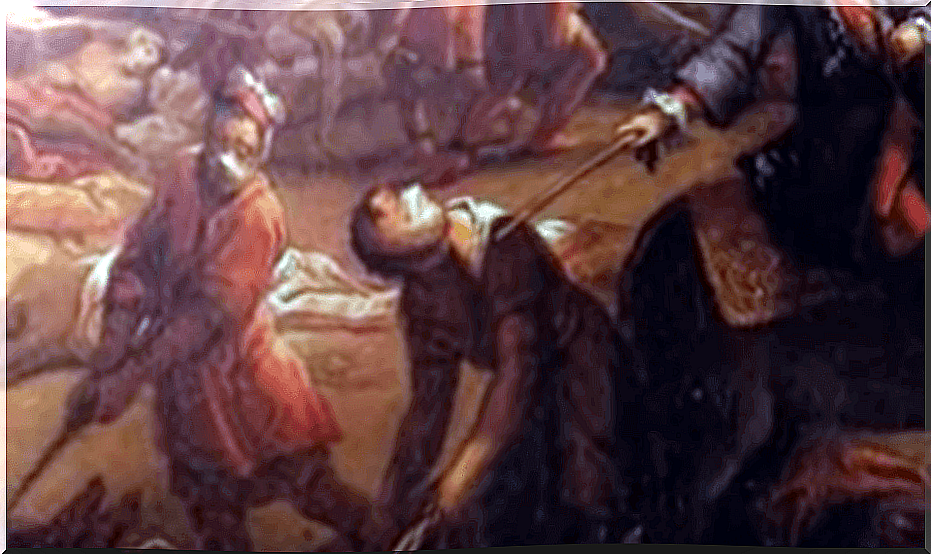
What to do if the Black Death knocks at the door?
Human losses reached 50% or 60% in France, England, Italy and Spain, with even higher incidences in certain regions.
Among the victims are some distinguished people, such as Alfonso XI of Castilla, who died while besieging Gibraltar. The combatants even agreed to a truce during the Hundred Years War.
Reactions to the catastrophe were obviously chaotic. As was common at the time, Jews were soon given the role of scapegoat. Accused of poisoning the population, they were targeted by desperate mobs.
In the face of social disruption, conservatism made little sense. During the plague epidemic, prostitution and other addictions soared, perhaps into a desperate carpe diem . Apocalyptic piety also grew, the search for the forgiveness of sins in the face of imminent death.
A curious economic consequence was the liberation of large amounts of land. Many of the peasants who did not die were able to use them. In a society on the brink of subsistence, the death of another brought a poisoned gift. What is certain is that, after the plague, the Renaissance would come.
 rancha.xyz Be free to choose their own route to self-knowledge, health and balance of body and soul.
rancha.xyz Be free to choose their own route to self-knowledge, health and balance of body and soul.
